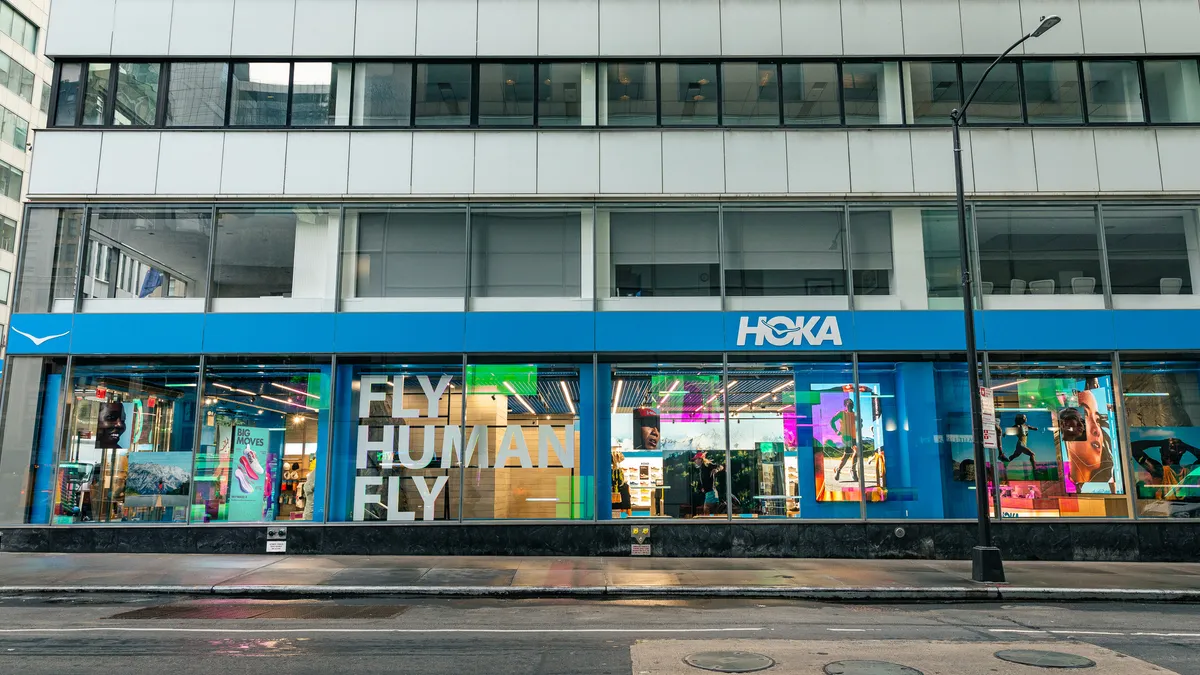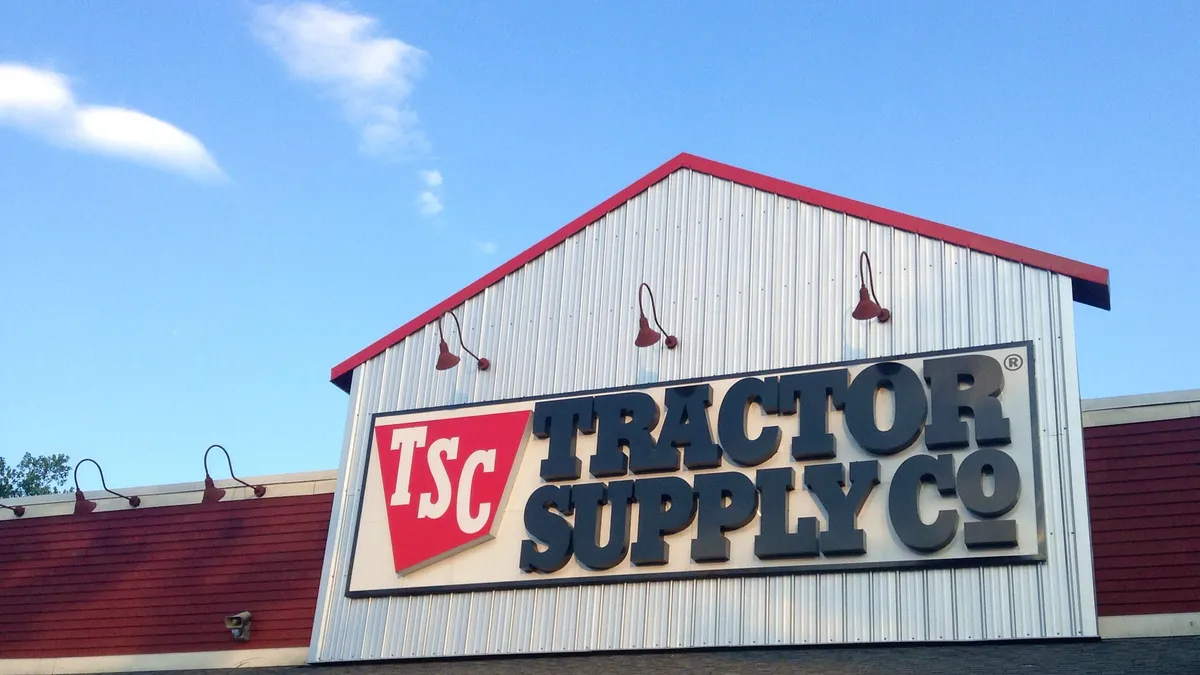The largest home improvement retailers in the industry beat estimates in Q3. The Home Depot and Lowe's, which benefited from heightened demand over the past year and a half as consumers took on more projects at home, this week showed they were able to maintain momentum.
"Home improvement demand remains strong," Home Depot CEO Craig Menear said on a call with analysts Tuesday. "Our customers remain engaged with projects around the home."
Home Depot on Tuesday reported third quarter net sales increased 9.8% year over year to $36.8 billion. Same-store sales increased 6.1%, while U.S. comps increased 5.5%. Operating income grew 19.4% from last year to $5.8 billion, while net income grew 20.3% to $4.1 billion.
"Home Depot has proven through the COVID-19 pandemic that it remains a winner in retail, given the company's best-in-class execution, digital prowess, and a prolonged period of nesting, with discretionary spending having shifted toward the home," Joseph Feldman, senior managing director and assistant director of research at Telsey Advisory Group, said in emailed comments. "The company should continue to benefit from housing market strength—solid existing home turnover and higher prices and remodeling activity."
Executives pointed to record sales during its Halloween event as a result of exclusive product offerings, which included bringing back the viral 12-foot skeleton Home Depot introduced last year, and expect momentum to continue into the holiday season. Comps in the first two weeks of the fourth quarter "are running a little higher than what we reported for the entirety of the third quarter," Home Depot CFO Richard Mcphail said on the call.
Meanwhile at Lowe's, third quarter net sales were $22.9 billion, up 2.7% from the year-ago period. Comparable sales increased 2.2%, exceeding estimates from both FactSet (-1.3%) and Telsey Advisory Group (0%), while U.S. comps increased 2.6%. From 2019, comps rose 33.7%.
While Lowe's was able to top last year's sales growth of 28.3% when demand shot up, given that its biggest rival, Home Depot, reported net sales growth of nearly 10%, it may be an indication that Lowe's is losing market share, according to GlobalData Managing Director Neil Saunders.
Lowe's was more favorable among DIY consumers last year as they took on home-related projects, like painting and decorating. But while categorical demand remains elevated against 2019 levels, it's starting to decline from last year's highs when most retailers in the category experienced a boon. This has led to Lowe's year-over-year sales comparisons to be more muted, Saunders said.
But Lowe's has continued to work toward growing its Pro customer base. During the period the home improvement retailer released its first "toy" catalog for its pro customers intended to "serve as a guide of products and savings," the company said. Lowe's also brought back its "PROvember" sales event featuring sales and in-store demos, among other things.
The Pro segment outpaced DIY once again, CEO Marvin Ellison said on a call with analysts Wednesday. During the third quarter, Lowe's Pro business — which represents between 20% and 25% of sales, according to Telsey Advisory Group — grew by 16% and 43% compared to 2019.
Likewise at Home Depot, which has historically been the preferred destination among professionals, sales from the Pro segment also outpaced DIY in the quarter.
Moving forward, Saunders notes, the home improvement sector will become more reliant on the professional community to drive growth as DIY activity slows further, making Lowe's attempts to attract Pros to shop with it even more important.
Lowe's also experienced strong sales related to Halloween and "sold through much earlier than in previous years," Bill Boltz, executive vice president of merchandising at Lowe's, said on the call.
"Product shortages elsewhere meant more people considered and visited home improvement stores, including Lowe's, for Halloween decorations and sundries," Saunders said. "The good news is we expect this trend to repeat itself for holiday products which will be helpful for the fourth quarter."
Lowe's grew its operating income 28.2% from last year to $2.8 billion, while its net income grew 174% to $1.9 billion, which may help it in the quarters to come as it navigates industry-wide supply chain problems and labor shortages.
"There is no doubt that Lowe's is in a good position. The business is substantially larger than it was 2 years ago, it is more efficient and disciplined, and it has much greater focus," Saunders said. "However, it still lacks the edge of its larger rival in dealing with some of the upcoming challenges from softening consumer demand, to managing supply chain snafus, and to wielding economies of scale to mitigate inflationary pressures."
For the full year, Lowe's expects revenue to reach around $95 billion, up from previous projections of $92 billion and represents a 33% comp sales growth from 2019.






















